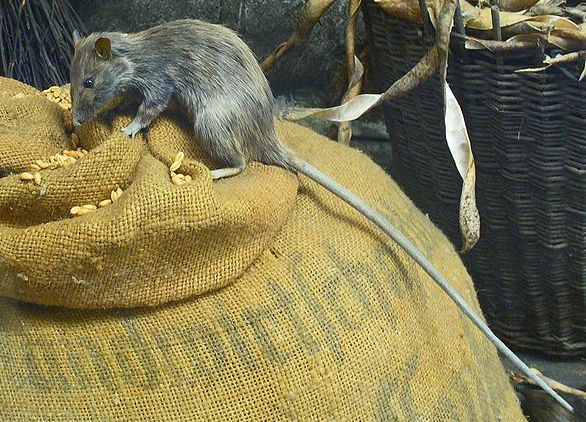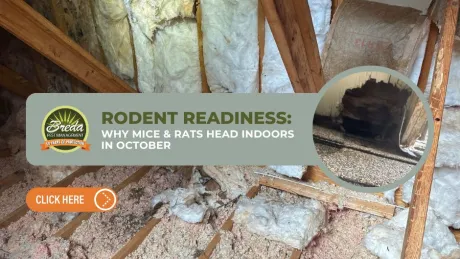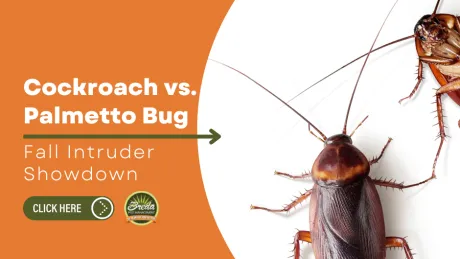Squirrels, rats, and mice have the potential to cause thousands of dollars of damage to your property. Here are a few tips for identifying rodent damage, and preventing more damage in the future:
Types of Rodent Damage
Rodent damage can be an expensive repair. Having a rodent living in your happy abode is also a health threat, as they carry fleas and transmit diseases such as salmonellosis, murine typhus, ratbite fever, and leptospirosis, according to UC-IPM. Rodent destruction can include:
- Chewed electrical wiring causing potential house fires.
- Torn insulation in walls and ceilings to make nests.
- House foundation undermined through burrowing.
- Gnawed wooden fixtures like walls, corners, roof ledges and doors.
- Chewed plastic containers containing food products and animal feed contaminating it.
- Gnawed soft metals such as lead and copper.
- Gnawed storage items such as books and paper products.
Identifying the Culprit
Before you can control the environment, it's imperative to identify the pest. Many times, you'll hear the culprit before seeing it.
- Squirrels are active during the daylight hours, seeking elevated places like attics.
- Rats and mice are active during evening hours.
- Roof rats seek higher elevations like attics and are smaller than Norway rats. Their tails are longer than their bodies.
- Norway rats are darker and larger than roof rats. They live at ground level.
- Mice are 5-inches long on average (including their tails). Mice live at ground level.

DIY Rodent-Proofing
The first step in rodent-proofing your house is checking for possible entry ways. UC-IPM notes mice only need a 1/4-inch gap leading inside while rats require an opening of 1/2-inch. Roof rats and squirrels are agile climbers and jumpers, launching themselves toward a target that is 6-feet away. Here are some DIY methods to try:
- Trim all vegetation 6 to 8 feet from the house and roof.
- Seal any cracks or openings around pipes, home foundations, electrical wires or vents.
- Make sure window and door screens and weather-stripping fit snugly.
- Replace missing soffits and consider adding hardware screen in chimney openings or roof vents.
- Keep areas outside of the home clean, free of clutter and weeds.
- Store food in metal containers or those with tight fitting lids.
- Making periodic surveys of the outdoor premises and repairing any gaps helps in keeping rodents outdoors and not invading indoor spaces.
Seeking Professional Help
In many cases, it's best to call a professional to remove pests safely from inside your home. Request a Free Consultation Today for swift rodent control and get one step closer to a pest free home:



